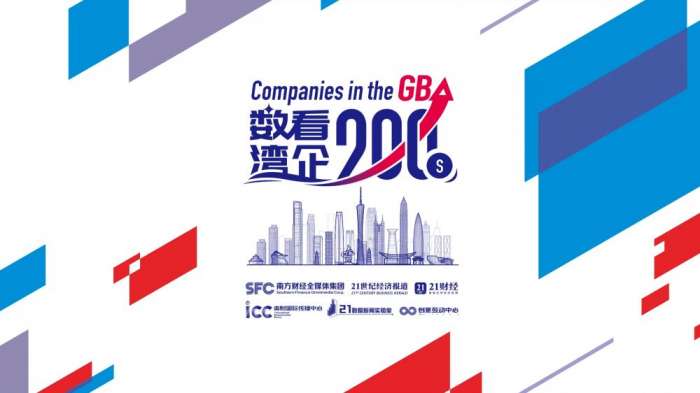- 2x
- 1.5x
- 1x
- 0.75x
1x
画中画


Nowadays, we are used to seeing new energy vehicles (NEVs). Still, it’s quite surprising to see an EV maker venture into shipbuilding. Earlier this year, in order to meet the company's future car export transportation needs, BYD placed orders for two car carriers from Guangzhou Shipyard International Co. under the China State Shipbuilding Corporation (CSSC). Undoubtedly, Chinese NEVs are gaining widespread popularity in the world. In the first half of 2022, sales of BYD reached 641,400 units, overtaking Tesla to claim the top spot in global NEV sales. It is worth noting that BYD sold less than half the number of Tesla’s just a year before. Yet, in the first half of 2023, BYD sold an astonishing 1.26 million vehicles, almost 50% more than Tesla. In May 2021, BYD officially unveiled plans to expand in overseas markets. As of June 2023, BYD has exported over 130,000 NEVs to almost 51 countries and regions.
But how did BYD, a Greater Bay Area-based auto giant, manage to achieve a staggering 5.5-fold surge in its stock price over the past three and a half years, and once reached a market value of over a trillion yuan? We’ll be able to find the answer when looking back through BYD’s history. Back in 1995, when Wang Chuanfu founded BYD, his vision was not to make cars but to break Japan’s monopoly by building a battery factory. When the 1997 Asian financial crisis wreaked havoc on Japanese firms, BYD secured big orders from Sony and Panasonic and began independent R&D of lithium-ion batteries. In 2003 when BYD entered the automotive industry, its petrol cars were often viewed as low-end offerings. BYD was hardly seen as a rival to well-established brands such as Toyota or Volkswagen. Yet BYD played to its advantage in batteries and pioneered the nascent NEV market. After introducing its first LFP battery in 2005, BYD took the lead and decided in 2009 that its development strategy should be new energy when people hardly knew what NEVs were. It was also in those years when the legendary Warren Buffett bought 225 million shares in BYD. In 2020, the company introduced the state-of-the-art technology -- the blade battery, catapulting it to the position of the world's second-largest battery manufacturer. In 2023, BYD entered the Fortune 500 list for the second year, jumping from the 436th spot last year to the 212th this year. On August 9, BYD announced its 5 millionth EV rolled off the production line, becoming the first carmaker in the world to ever reach the milestone.
The rise of BYD is in fact a microcosm of China's NEV development. The penetration rate of NEVs in China has skyrocketed from 0.1% in 2013 to 27.6% in 2022 and has reached 36.6% by the end of June 2023, while the United States is yet to break the 10% mark. Evidently, China's manufacturing industry including the auto sector, has seized the opportunity to outstrip its competitors, in which the Chinese government played a pivotal role. Back in 2009, Shenzhen decided to nurture the NEV industry. And it was during the time when Guangdong rolled out multiple supportive measures to boost the manufacturing and consumption of NEVs. Chinese auto firms and the government are working together to drive more and more Chinese NEVs to venture abroad in the near future.
出品:南财国际传播中心 21新媒体中心 创意互动中心
策划统筹:于晓娜 丁青云
内容统筹:谭婷
文案:黄欣然 苏晚水
责任编辑:梁宇芳
设计统筹:林军明
视频统筹:白宇航
英文配音:李莹亮
审校:陈晶晶 胡晓凌
(作者:黄欣然,白宇航 编辑:梁宇芳,和佳)
南方财经全媒体集团及其客户端所刊载内容的知识产权均属其旗下媒体。未经书面授权,任何人不得以任何方式使用。详情或获取授权信息请点击此处。
